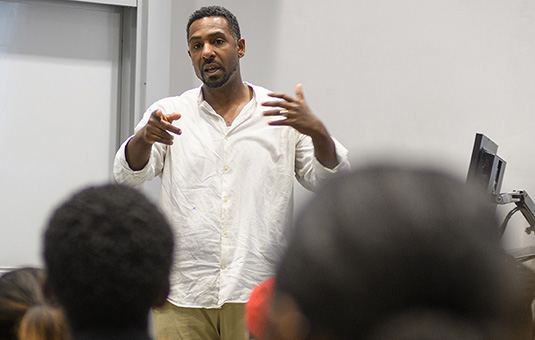
History
Rewriting the history of sexuality in the Islamic world
Abstract
This issue of Hawwa challenges dominant views of sexuality in Islamic societies. Our understanding of sexuality in the Islamic World has been shaped by a number of sources that include Islamic, Orientalist, feminist and pop-cultural discourses. In terms of scholarship traditional Islamic and Orientalist discourses have shaped our academic understanding the most. Both discourses have competing visions of sexuality. On the one hand, they view female sexuality as being controlled by both men and the regulations put
forth in the Qur’an and Islamic Law. Islam is caricatured as “a way of life,” whereby the Qur’an is viewed as reflecting the actual lived experiences of Muslims, frozen in time. These rigid interpretations by both traditional Islamic and Orientalist scholarship offer
no opportunity for lived experiences; however, such experiences often result in variations in interpretation and unexpected social traditions. Islamist discourses often strive to control women’s sexuality as it threatens to unleash chaos on the umma while Orientalists
have used that discourse as evidence of woman’s oppression within Islam. This discourse of repression is perpetuated in many Western discussions on sexuality in Islam and portrays women as dominated by their male oppressors and devoid of any agency of their own.
This Orientalist discourse can be found in the writings of Orientalists, modernists and feminists described in Helena Kaler’s article “Inscribing Gender in the Imperial Context: The ‘Woman Question’ in Nineteenth
Century Egypt” published in this volume.


